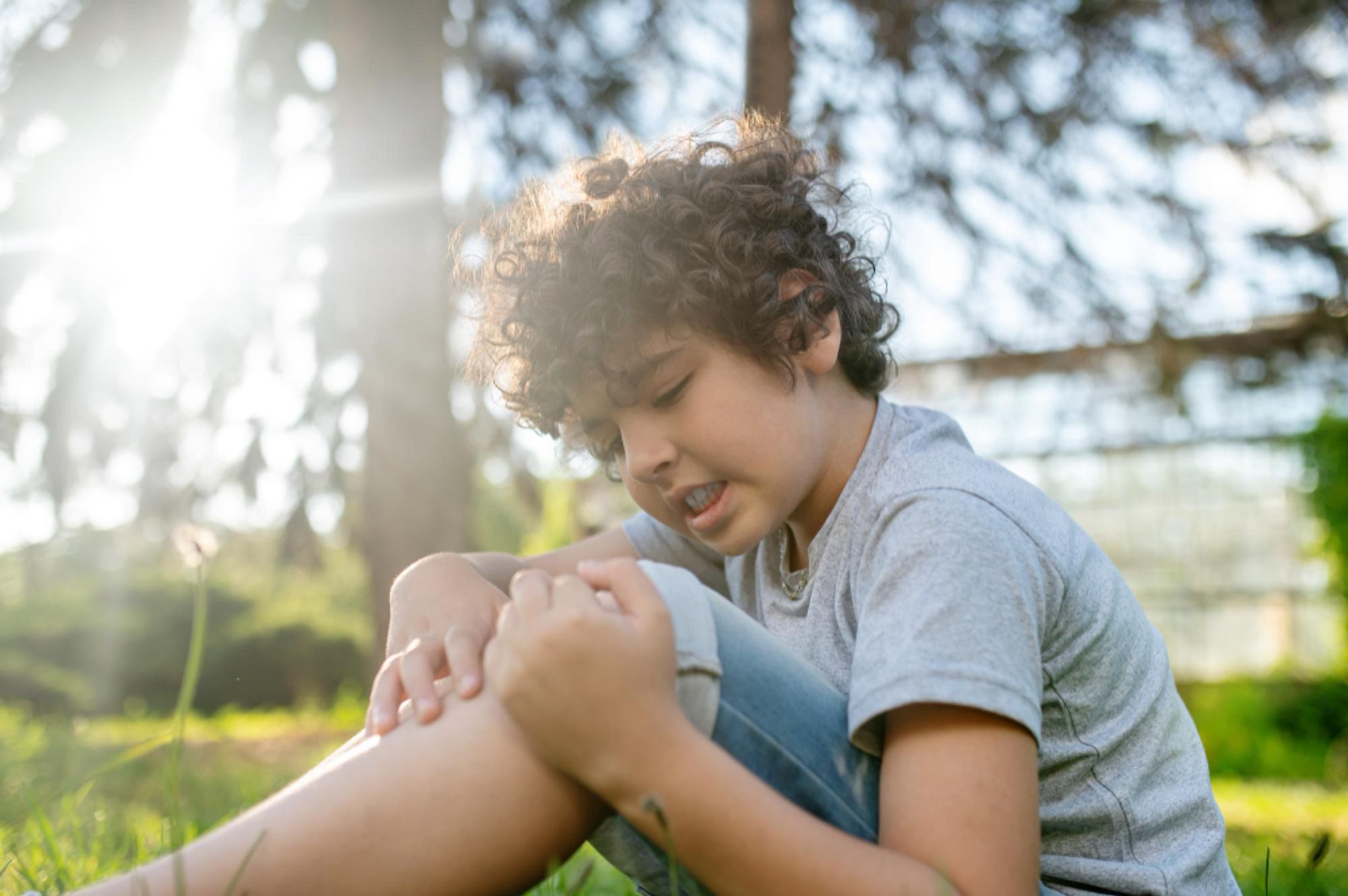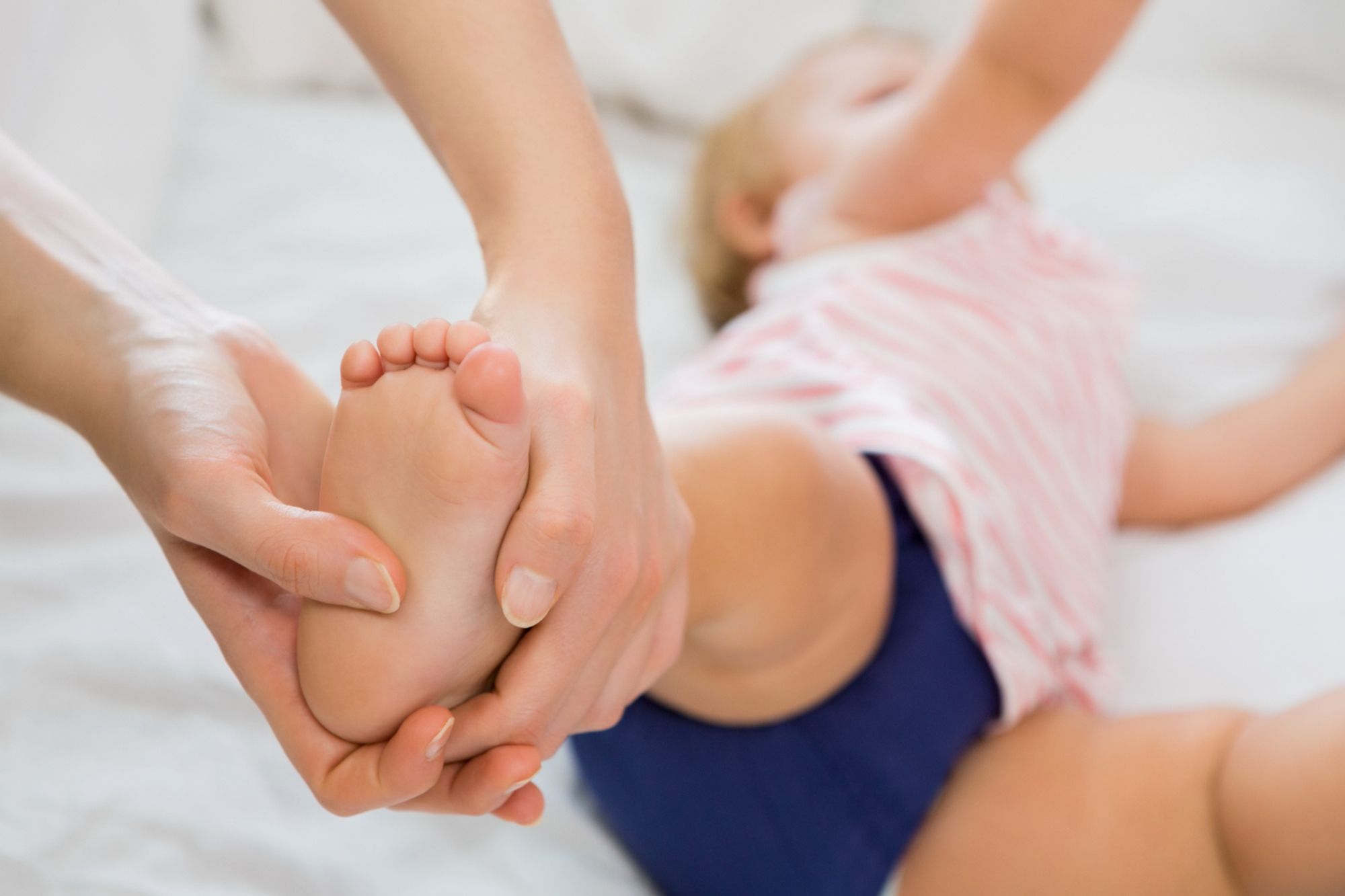Could Your Child's Growing Pains be Juvenile Arthritis?
17 July 2023
Does your child complain of aches and pains in their legs or joints at night? If so, they may be experiencing growing pains. Growing pains are common in children, but it's important to know how to differentiate them from more serious issues.
Dr Cham Weng Tarng, a specialist in paediatric rheumatology at Sunway Medical Centre, discusses the topic of growing pains in children and provides insights on how to differentiate between growing pains and more severe issues like juvenile idiopathic arthritis.
What are Growing Pains?
Growing pains are a type of discomfort that affects some children between the ages of three and twelve. The pain usually occurs in the legs, particularly in the thighs, calves, and behind the knees.
Growing pains are not a disease or a sign of a serious medical problem; it is in fact a normal part of a child's growth and development. As children grow, their muscles, tendons, and bones go through various changes, and sometimes, these changes can cause aches and pains.
According to Dr Cham, such pains generally occur at night, after a day of activity, and can be relieved by massaging the affected area. In fact, it is more common in children who are very active.
Difference Between Growing Pains and Juvenile Idiopathic Arthritis (JIA)

While growing pains are usually harmless and go away on their own, it's essential to differentiate it from the symptoms of juvenile idiopathic arthritis, which can become more severe if untreated.
While growing pains are usually harmless and go away on their own, it's essential to differentiate it from the symptoms of juvenile idiopathic arthritis, which can become more severe if untreated.
Uncover the fine line between growing pains and childhood arthritis in our comparison post. Recognising these conditions' red flags could be your key to making optimal health choices for your young one.
To tell them apart, Dr Cham points out some key differences that you can keep an eye out for. For one, growing pains usually occur at night and are relieved by massage or heat, whereas juvenile idiopathic arthritis pain can occur at any time, and cannot be relieved by massage or heat.
In addition to that, another sign that it might be juvenile idiopathic arthritis is if the child has swelling in their joints, or if the pain is persistent and severe.
Treatment for Growing Pains
On the subject of growing pains, however, Dr Cham shares that there is no specific treatment for growing pains. This is mainly because they are a normal part of a child’s growth and development.

However, there are some things parents can do to help relieve their child's discomfort. For example, stretching exercises and massage can help alleviate the pain.
Over-the-counter pain killers, such as paracetamol, can also be effective in relieving pain.
Dr Cham also adds that currently, there are no vitamins and supplements on the market that have been scientifically proven to cure growing pains. If a child's pain is severe or persistent, he emphasises that is important to see a doctor to check for any underlying, more serious issues.
Conclusion
Growing pains are a common occurrence in children and are generally a normal part of their growth and development. While they can be uncomfortable, they are usually harmless and will go away on their own.
However, if your child's pain is persistent, severe, or accompanied by swelling in the joints, get a checkup with a paediatrician.
https://www.sunwaymedical.com/en/speciality/paediatric-rheumatology






